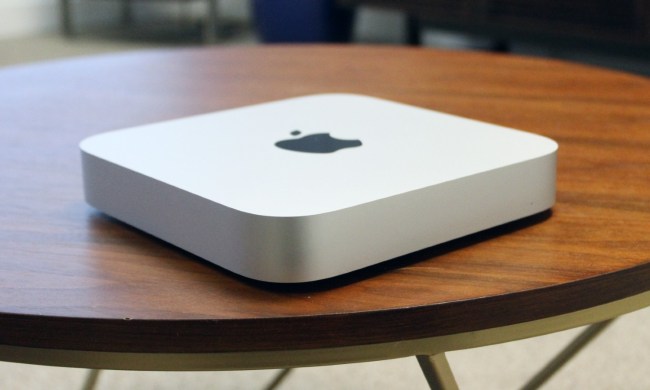
The systems in question are the Mac Mini from mid-2011 the 21.5-inch iMac from late 2009, and the 27-inch iMac from late 2009, according to 9to5Mac.
It’s worth noting that the situation with the Mac Mini is actually slightly different to that pertaining to the iMac models. It’s being classified as “vintage” rather than “obsolete,” a distinction that is made due to legal restrictions in California and Turkey.
Apple provides service and parts for products for five years after manufacturing ends, as explained on the company’s website. They are then classified as “vintage” for two years, at which point service and parts are only available to customers in California and Turkey. After seven years, products are “obsolete” and all hardware service is discontinued without exception.
The company also announced that the extended warranty that was being offered to owners of the MacBook Pro with a Retina display from 2012 has now come to an end. This particular model was affected by the hardware issues that became collectively known as “staingate.”
The reflective coating applied to the display of the MacBook and MacBook Pro was seen to peel away or otherwise degrade on systems manufactured during a particular timeframe. After widespread complaints, Apple responded, offering replacements on laptops bought as far back as June 2012. The earliest systems are no longer subject to this coverage, but later models will still be replaced.
It’s not surprising to see Apple discontinue its hardware support for older systems. Between ensuring that staff are trained to work with all models and keeping a supply of components that are no longer in use, there are major logistical obstacles that prevent extended service.
Of course, there are still options for people who want to continue using their obsolete hardware. Third-party repairs can do the trick, it might just be a little more difficult than it once was to procure the necessary parts.


